|
What did you do before creating your distillery and Tarsier Gin? I worked as a project manager for education charities, and in a small organisation this meant doing a bit of everything. I taught myself graphic design and web design which means we can do everything in-house and put our personal stamp on everything we do. It isn’t our vision interpreted by someone else, it’s literally us, on the bottle and in the bottle! My business partner Sherwin used to work for Diageo and Funkin so he’s got a wealth of sales experience and contacts in the industry. This has led us to the right doors but the quality of the gin is what has opened them. What's the inspiration behind Tarsier Gin? We went backpacking around Southeast Asia together 4 years ago. We were totally in awe of places like Angkor Wat in Cambodia, the islands of Palawan in the Philippines and the lantern clad streets of Hoi An in Vietnam. What really blew us away though was the food. The balance of flavour and vibrancy of ingredients was stunning, even from the cheapest street cart. That got our minds thinking. We loved gin and we loved Southeast Asian food. Nobody was putting the two together, so when we got back to the UK we set to work. Where does the Tarsier Gin name come from? During our trip we came across the Tarsier, one of the world’s smallest primates native to Southeast Asia and an endangered species, threatened by habitat loss and human interference. They are incredible creatures that are fiercely independent but sadly don’t survive in captivity. It summed us up perfectly – we were struggling in the captivity of our day jobs so we quit them and set up our independent spirits brand. We knew we wanted to use the Tarsier’s name and image before we’d even distilled a drop of liquid. Every bottle we sell allows us to carry on doing what we love, so it only felt right that we should help them carry on doing what they love too - we donate 10% of our profits to conservation projects that protect the Tarsiers and their natural habitat. How to did you get from the idea to the finished product? Over 3 years we researched, experimented and honed our craft. We tried so many different Southeast Asian botanicals, trying to get the perfect balance of citrus, aromatic notes and spice. Once we had the right recipe, we set up the distillery, created the branding and started production. We did it all without investment - just a start-up loan from the government. Can you tell us more about your distillery? As we have grown, so has our distillery. We started out in a small room behind a pub with a 60 litre copper alembic still. As export started to take off, we needed more space and additional production capacity so we moved to a much larger dedicated unit in the summer of 2019 and added a second alembic. This year we upgraded our trusty alembics to a 500 litre iStill and added a vacuum still so we could work with fresher flavours under cold distillation. Can you tell us more about the distillation process and botanicals? For our Southeast Asian Dry Gin the distillation process is classic – we follow the London Dry method and do single shot distillations. When we started development, we didn’t want to mess with the traditions of gin, so we have a lot of traditional botanicals in there that play an important role in the structure, mouthfeel and background complexity of the gin, along with the prominent taste of juniper of course. We rejected some of the more obvious Southeast Asian flavours - lemongrass tasted very artificial when distilled and Kaffir Lime Leaf was a bit too much like potpourri. The five Southeast Asian botanicals were carefully chosen to create the right balance - Calamansi for its vibrant citrus, Thai Sweet Basil for herbaceous and savoury notes, Galangal for spice, warmth and an additional layer of citrus, and red and black Kampot Pepper for complexity, spice and a long finish. Our Oriental Pink gin is a completely new recipe; we distil raspberry and red dragon fruit along with some, but not all, of the botanicals from our dry. We then infuse additional raspberry and lychee post distillation. Future editions will utilise cold distillations and some other interesting processes that we are currently exploring. What have been the biggest challenges and achievements so far?
Launching a gin in such a saturated market is always going to be a huge challenge, especially when we don’t have a local hook to build a solid sales base in one particular area. Also a lot of doors are already closed as buyers say they are full for gin – more so in terms of number rather than variety - so trying to get across that we are genuinely different takes a lot of work. But not being local has also worked out very well for us. A business got in touch with us from Cambodia, and wanted the gin just based on the botanicals, branding and conservation values. That opened up discussions with an importer in the country and we exported our first order there last year. Since then many more have come knocking on our door and we are now exporting to 14 countries with several more in the pipeline. We’ve seen ourselves as a global spirits company from the start. We know that we won’t appeal to everyone, and that’s fine with us. Our market is the more adventurous person that is open to new flavours and experiences – just like us when we went travelling! How would you describe Tarsier Gin in 3 words? Adventurous, intriguing, exotic. What's your favourite way to drink Tarsier Gin? It depends on the season! In winter I like to drink it neat with a single cube of ice and a ribbon of orange peel. The rest of the year it goes great with a plain premium tonic, slice of ginger and a slice of lime or grapefruit. Our Oriental Pink is best served with raspberry and mint garnish with a light tonic for a refreshing G & T. What gins would you always have on your gin shelf (other than your own of course!)? We’ve got over 70 – far too many to fit on a single shelf! Current favourites are Locksley’s VSOT, Defiance Navy Strength and Pin Gin. What's next for Tarsier Gin - any exciting plans? We are about to launch the first in a run of limited edition gins that really dive deep into some of the more unusual flavours of Southeast Asia. We are working with some hard to find and expensive botanicals so they are perfectly suited to shorter limited runs. If you really want to explore Southeast Asia, our range will give you a great understanding of what the region has to offer. There’s so much more to Southeast Asia than just Lemongrass and Kaffir Lime. Also Read: The Gin Guide's profile, tasting notes and review of Tarsier Gin Buy Tarsier Gin:
Comments are closed.
|
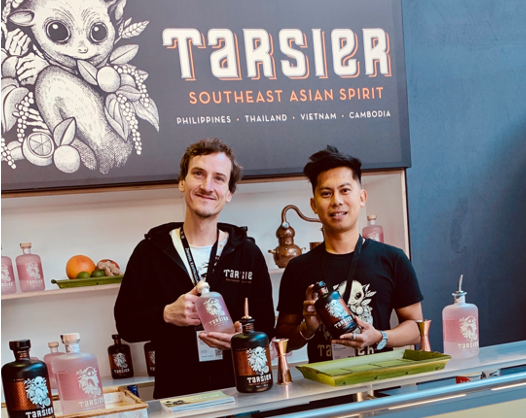
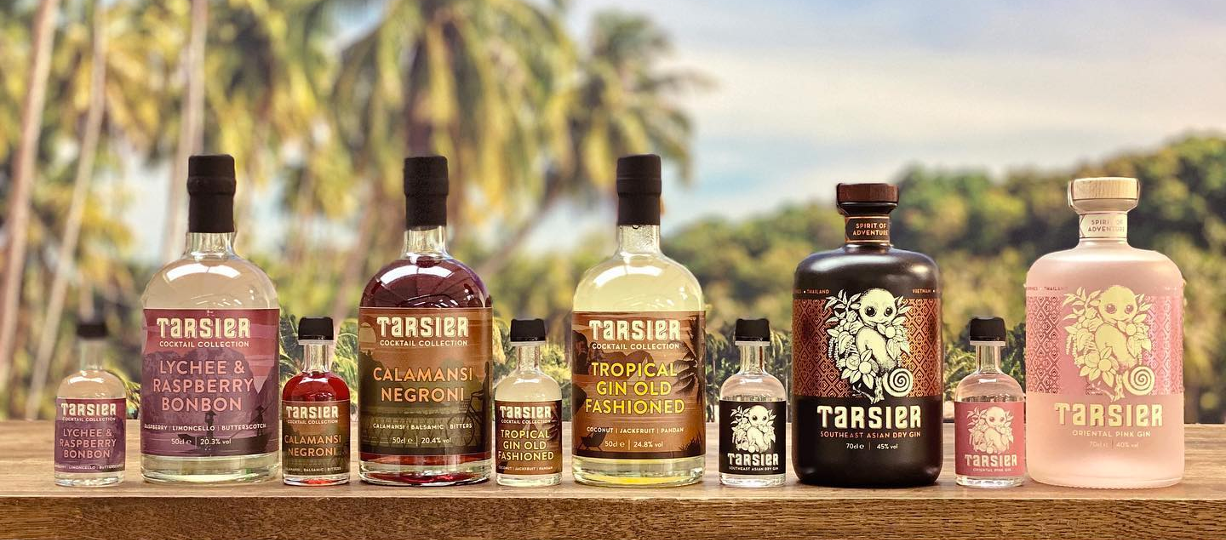
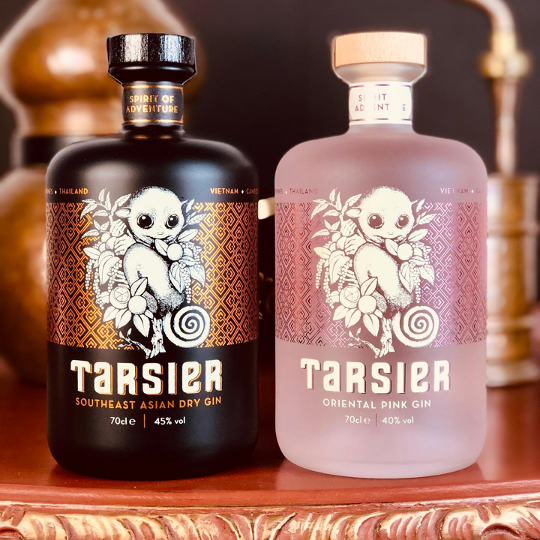
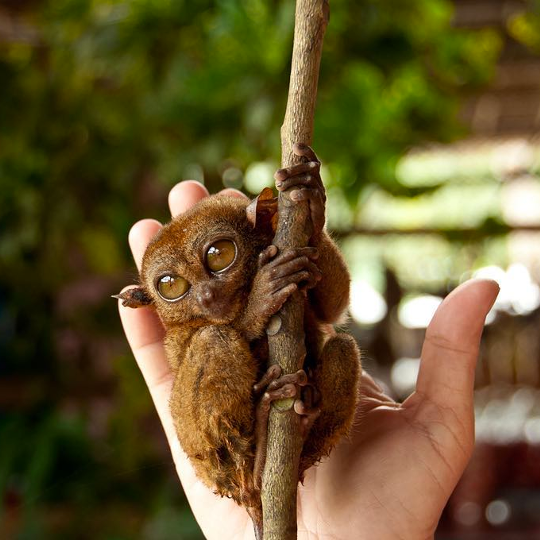
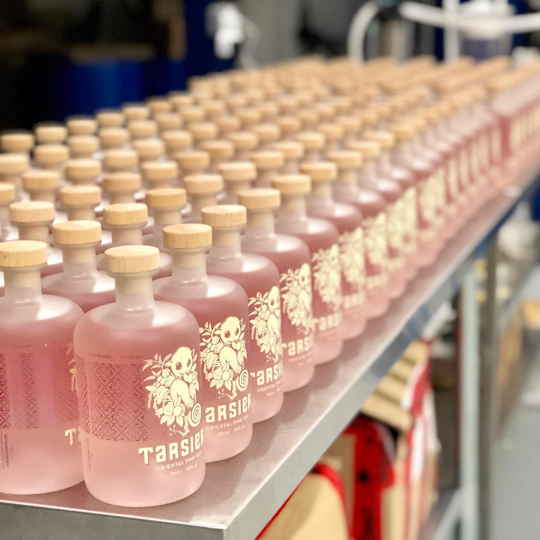
 RSS Feed
RSS Feed


